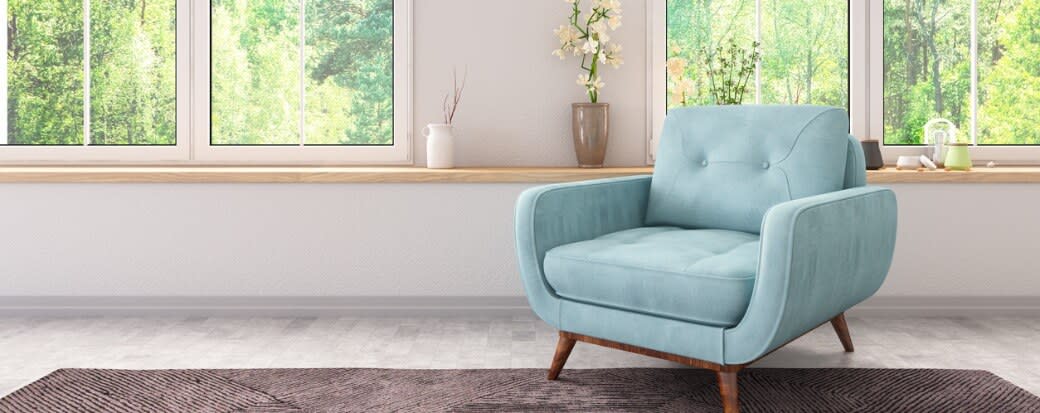Does Financing Furniture Hurt Your Credit?

Share this article:
Editor’s note: Lantern by SoFi seeks to provide content that is objective, independent, and accurate. Writers are separate from our business operation and do not receive direct compensation from advertisers or network providers. Read more about our Editorial Guidelines and How We Make Money.
What Is Furniture Financing?
Furniture Financing Options
In-Store Financing
Buy Now, Pay Later
Personal Loans
Credit Cards
How Does Financing Furniture Build Credit or Hurt Your Credit?
Is It Smart to Finance Furniture?
Compare Personal Loan Rates
Frequently Asked Questions
Photo credit: iStock/asbe
LNTPL-Q424-011
About the Author
Austin Kilham is a writer and journalist based in Los Angeles. He focuses on personal finance, retirement, business, and health care with an eye toward helping others understand complex topics.
Share this article: